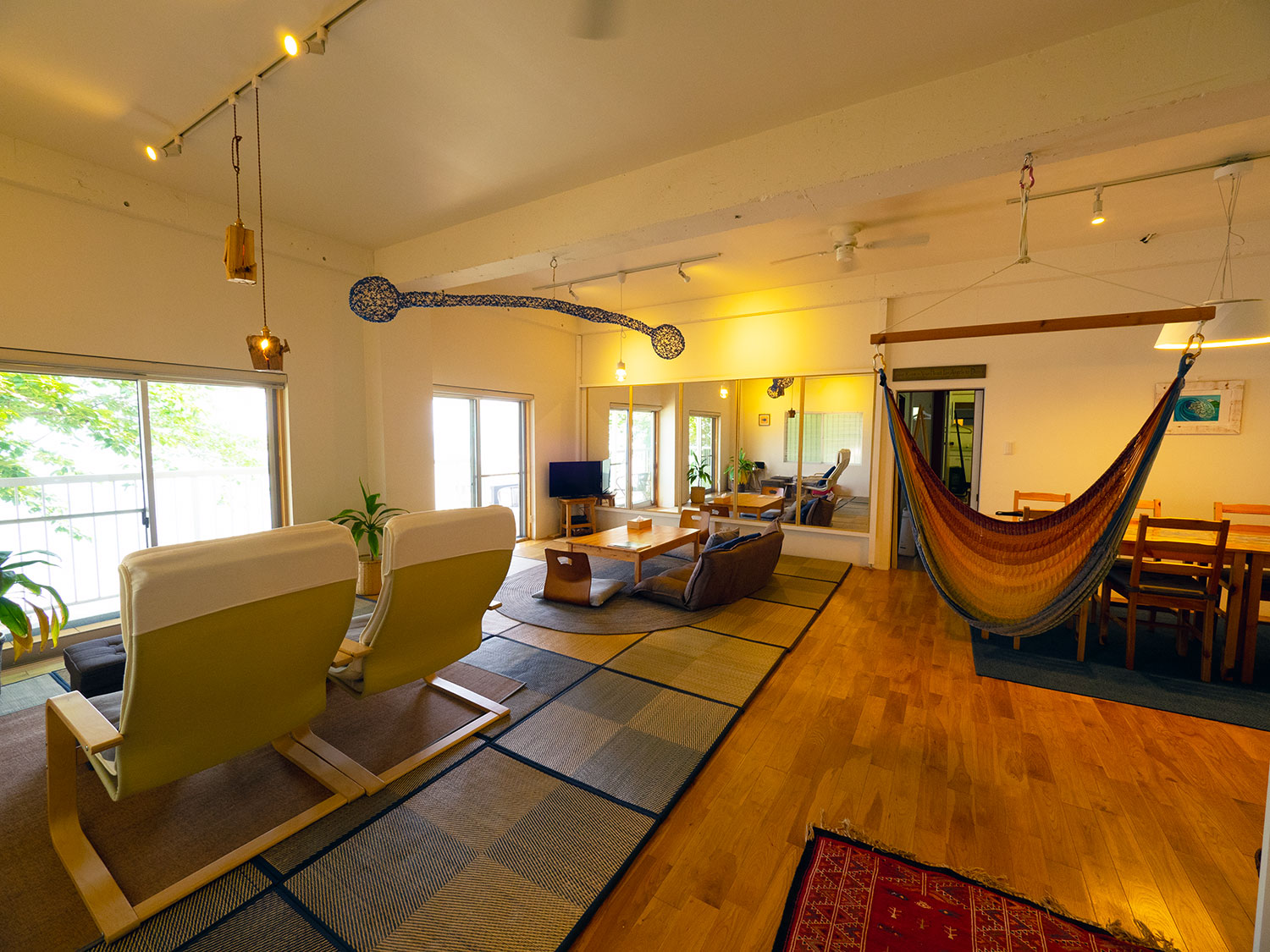Monjusen-ji

For anyone fortunate enough to be at Monjusen-ji at dawn, the deep, resounding sound of bell echoing across its tranquil setting, a remote valley deep in the heart of Kunisaki, heralds the start of the temple’s day. The bell also presages goma-taki, one of Kunisaki’s most arcane and atmospheric ceremonies. In the temple’s inner sanctum, the temple priest presides over an intimate spectacle; the burning of wooden votive plaques to the chant of mystical incantations and the ringing of bells.
Monjusen-ji, perched high on the side of a cliff, is reached by a long flight of steps that leads as if to another, higher world. Perhaps it is not surprising then that Monjusen-ji, which was one of the first temples established in Kunisaki in 648 A.D., has a different pedigree to Kunisaki’s other temples. A cult once flourished here during the Heian Period (794-1185) based on beliefs related to Monju Bosatsu, which the temple venerates and takes its name from, Mikkyo esoteric Buddhism, folk beliefs, and the practices of Yamabushi ascetic monks.
In a dimly lit cave behind the inner sanctum, a natural spring gently wells up with chie-no-mizu, waters that are believed to confer wisdom on anyone one who imbibes them. Not surprisingly, just before the exam season many a student makes the long trip to the temple in the hope of improving their chances.
In front of the main temple structure is a Kunisaki-to, a style of stupa distinctive to and found throughout the peninsula. Monjusen-ji’s is the largest to be found on Kunisaki and legend has it that it was carved by a man in penance for his murderous past.
At a glance
An atmospheric temple set in the deepest reaches of the Kunisaki Peninsula.










